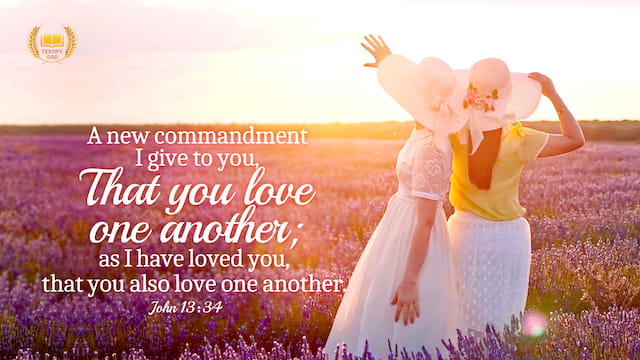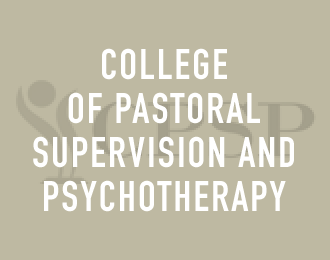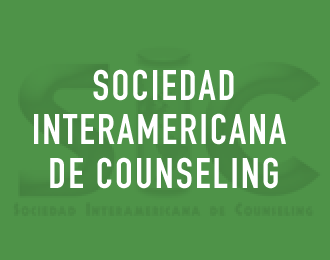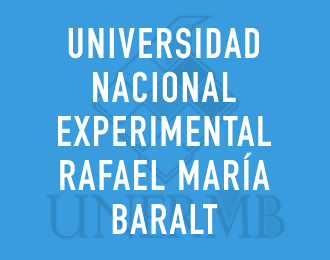Love is the perfect bond
Esteban Montilla | 14 febrero, 2025

“Above all, let us be dressed in love, which is the perfect bond” (Colossians 3:14).
Love is easier to feel than to explain. It is felt, expressed, and experienced by showing care, protecting, offering affection, providing opportunities, and rejoicing in each other. Love, “as the perfect bond,” is the motivation par excellence to give the best of oneself in human relationships to sustain them throughout existence.
Human relationships prosper, progress, and evolve when dialogues and prosocial behaviors are framed in love. One loves when one respects the freedom of others, takes what they have to say seriously, validates their feelings, and recognizes the importance of their power or influence. In love, the dignity and human rights of each person are celebrated. This is how one realizes that one is in front of love.
In this sense, love goes hand in hand with justice by treating each other fairly. This duo of love and justice represents the surest path to peace and healthy coexistence. In human relationships characterized by love, one notices the reflection of patience, the display of compassion, the extension of forgiveness, the use of dialogue instead of debate, the handling of conflicts with wisdom, the joining of forces to achieve proposed goals, the assistance to others in the satisfaction of their needs without neglecting our own, and the display of loyalty in the context of justice.
Love grows dynamically when these actions of kindness, tenderness, and generosity are carried out. The daily application of these adaptive behaviors, the continuous effort to make love present, and the constancy in demonstrating care for each other can free relationships from stagnation. Love can then be present, but it comes alive when expressed in these concrete actions. In this sense, love never ceases to be.

To love and to feel loved is one of the most transcendental experiences a human can have. This force called love is so powerful and all-encompassing that it forms part of the central beliefs of most religions. Jews and Christians believe that loving God, loving others, and loving oneself constitute the highest existential commitment that a person can make. These two religions postulate that salvation is connected to the practice of this maxim of love (Deuteronomy 6:4-5; Leviticus 19:18; Mark 12:29-30; Luke 10:27; 1 John 4:16) and suggest that love is a force that heals, unites, restores and transforms.
The author of the Gospel of John says that love is the essence of God. “He who does not love has not known God, because God is love” (1 John 4:8). Love, then, can be the ultimate barometer for measuring our spirituality. Love translated into acts of kindness reflects the essence of human spirituality. Putting our needs on hold while focusing on other people’s realities is at the heart of love.
One of the founders of Christianity, the apostle Paul, indicates that all thought, action, and behavior that is done in the absence of love lacks the transforming power and lasting healing. “If I speak in the tongues of men and angels but have not love, I am only a resounding gong or a clanging cymbal. If I have the gift of prophecy and understand all mysteries and possess all knowledge, and if I have a faith that can move mountains, but I lack love, I am nothing. If I distribute all I possess to the poor and hand over my body to be burned, but I have no love, I gain nothing” (1 Corinthians 13:1-3).
In the Christian Bible, there are three words used to refer to love:
a) Agape refers to the love we share with people we don’t know or strangers. “Teacher, what must I do to inherit eternal life? Jesus replied: What is written in the law? How do you interpret it? In reply, the man quoted: ‘Love the Lord your God with all your heart and soul and with all your strength and with all your mind,’ and ‘Love your neighbor as yourself.’ Good answer, said Jesus. ‘Do that, and you will live. But he wanted to justify himself, so he asked Jesus, ’And who is my neighbor? Jesus replied: A man was going down from Jerusalem to Jericho, and he fell into the hands of robbers. They stripped him of his clothes, beat him, and went away, leaving him half dead…” (Luke 10:26-37).
b) The second word is Phileo, which indicates familial love and friendship. The love we share among people we know and consider family or friends. The love that acts to seek the well-being of our family and friends (John 3:35-36). “The Father loves the Son and has put everything in his hands. Whoever believes in the Son has eternal life.”
c) The third word is Epithumia, which refers to the strong desire for intimacy or closeness with another person (Luke 22:15). These words do not indicate that there are different types of love but other ways of showing love.
The invitation is to take refuge in the healing arms of love. The great Nicaraguan poet Rubén Darío (1867-1916), father of literary modernism in the Spanish language and known as the prince of Spanish letters, speaks of the integral experience of love in his poem “Amo, amas” (I love, you love). “To love, to love, to love, to love always, with all of one’s being and with the earth and with the sky, with the clarity of the sun and the darkness of the mud: to love for all science and to love for all longing. —And when the mountain of life is hard and long and high and full of abysses for us, to love the immensity that is love enkindled and to burn in the fusion of our very breasts!”
The Christian storyteller of Spanish origin, Pedro P. Sacristán (2010), in the story “The Princess of Fire,” teaches us about the transforming power of love. Once upon a time, there was a wealthy, beautiful, and wise princess. Tired of false suitors who approached her searching for riches, she announced that she would marry the one who brought her the most valuable, tender, and sincere gift. The palace was filled with flowers and gifts of all shapes and colors, with incomparable love letters and enchanting poems. And among all those magnificent gifts, she found a simple, dirty stone. Intrigued, she sent for the person who had given it to her. Despite her curiosity, she seemed very offended when the young man appeared, and he explained himself by saying: That stone represents the most valuable thing I can give you, princess: it is my heart. It is also sincere because it is not yet yours and is as hard as a stone. Only when it is filled with love will it soften and be more tender than any other.
The young man left quietly, leaving the princess surprised and trapped. She fell so in love that she carried the stone with her everywhere, and for months, she showered the young man with gifts and attention, but his heart remained as hard as the stone in her hands. Discouraged, she threw the stone into the fire; shortly, she saw how the sand disintegrated, and a beautiful golden figure emerged from that rough stone. Then she understood that she would have to be like fire and transform everything she touched, separating the useless from the important.
Over the following months, the princess set out to change the kingdom. As she had done with the stone, she dedicated her life, wisdom, and riches to separating the useless from the important. She ended the excesses in her kingdom so that the country’s people could have food and books. Her character and approachability delighted all those who dealt with the princess.
Her presence transmitted such human warmth and passion for everything she did that they began affectionately to call her ‘The Princess of Fire.’ Like a flint, her fire melted the hard shell of the young man’s heart, which, as he had promised, turned out to be so tender, and just that made the princess happy until the end of her days.
Love, as an experience that involves the whole human being, has physiological, cognitive, emotional, and relational characteristics that, when activated, generate a chain of reactions in the human being that are difficult to measure and define. However, due to its dynamic nature, we know it can grow and express itself at an ever-deeper level. Perhaps a concrete way to start nurturing it is by getting to know and perfecting each element. Love has eight fundamental components: 1) commitment, 2) intimacy, 3) passion, 4) respect, 5) solidarity, 6) compassion, 7) humility and 8) loyalty. These eight factors can be seen in any serious and meaningful relationship. These components of love can be observed in a friendship, a relationship, and a family relationship. The difference lies in the intensity and how each component is expressed. In this sense, there are not several types of love, but only one that is described differently depending on the nature of the relationship.
Like the fire princess, let’s separate the useless from the important. Let’s end the excesses and exuberances of our lives and decide to give and receive the best gift given to humanity: the gift of love. Today is a good opportunity to appropriate that model of life based on intimacy, passion, commitment, respect, solidarity, compassion, humility, and loyalty. If we experience love at this level of depth, as happened with the fiery princess, the people who come near to us or whom we approach will be able to feel the warmth and intensity of our love. “And I ask that love be the root and foundation of our lives, so that we may understand, together with all the saints, how wide and long, high and deep is the love of Christ. I ask, then, that we come to know this love, which is much greater than all we can know, so that we may be filled with God’s fullness” (Ephesians 3:14-19).










